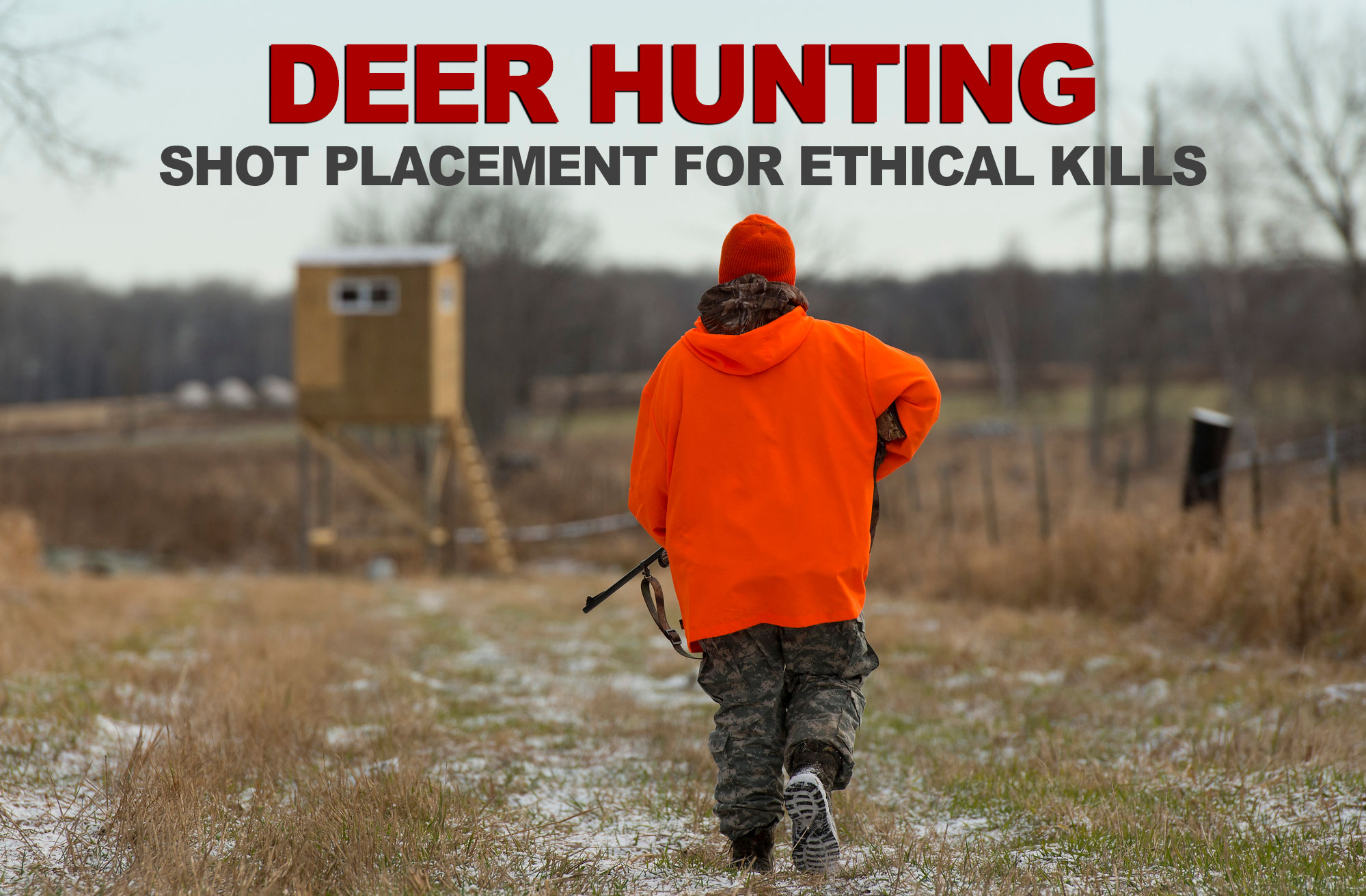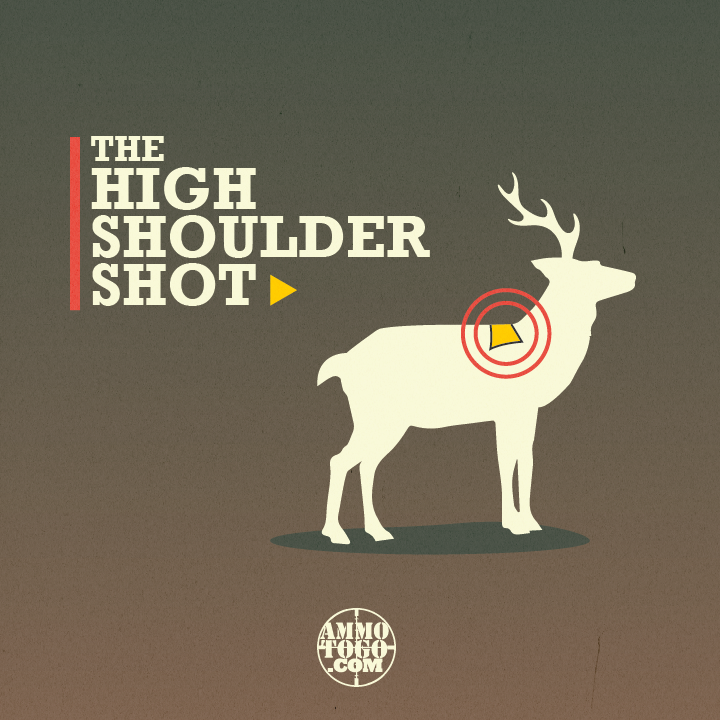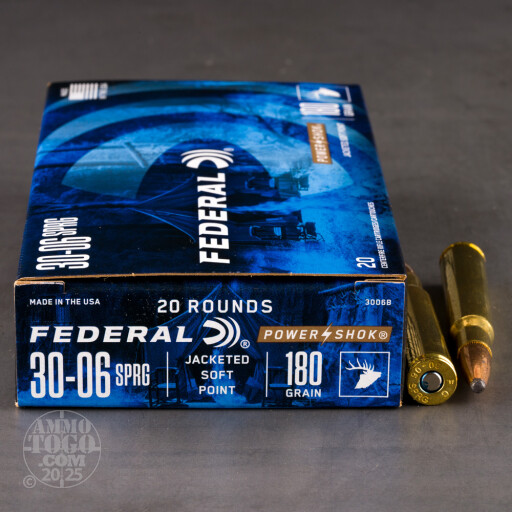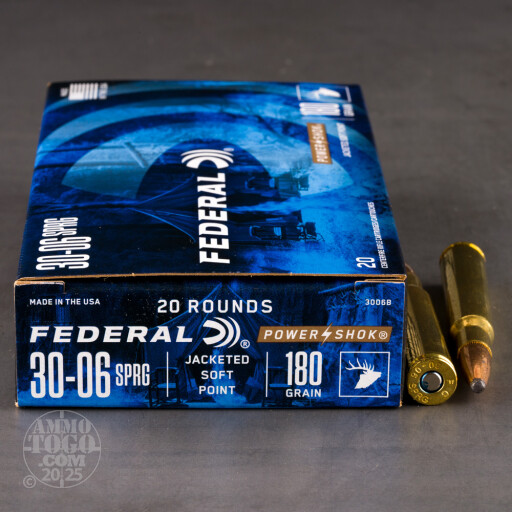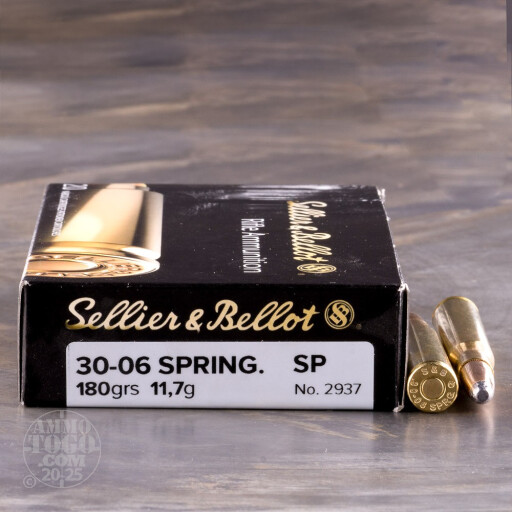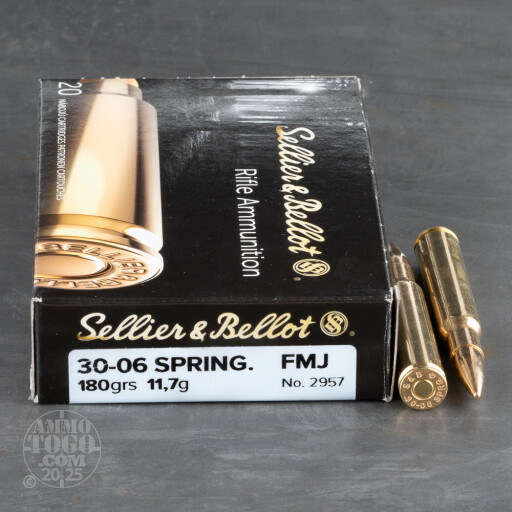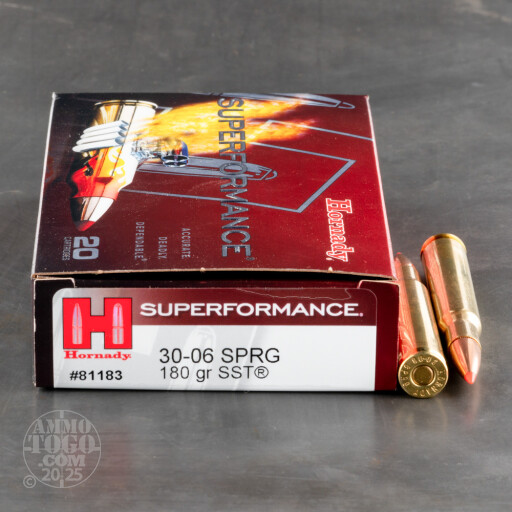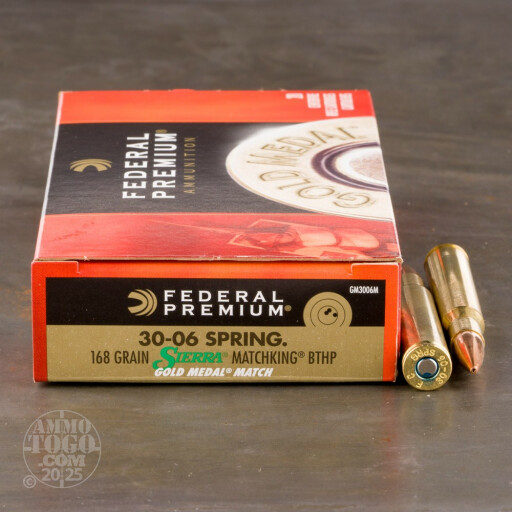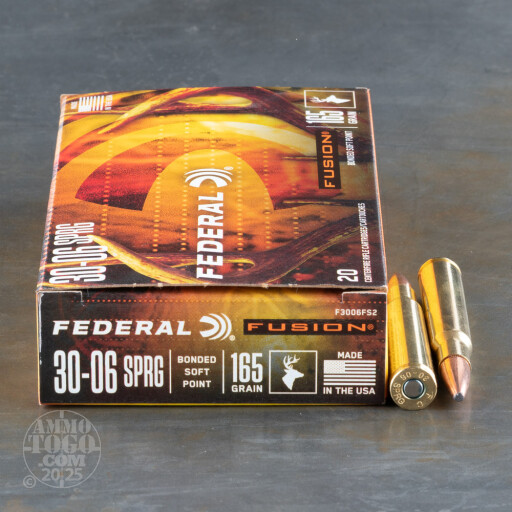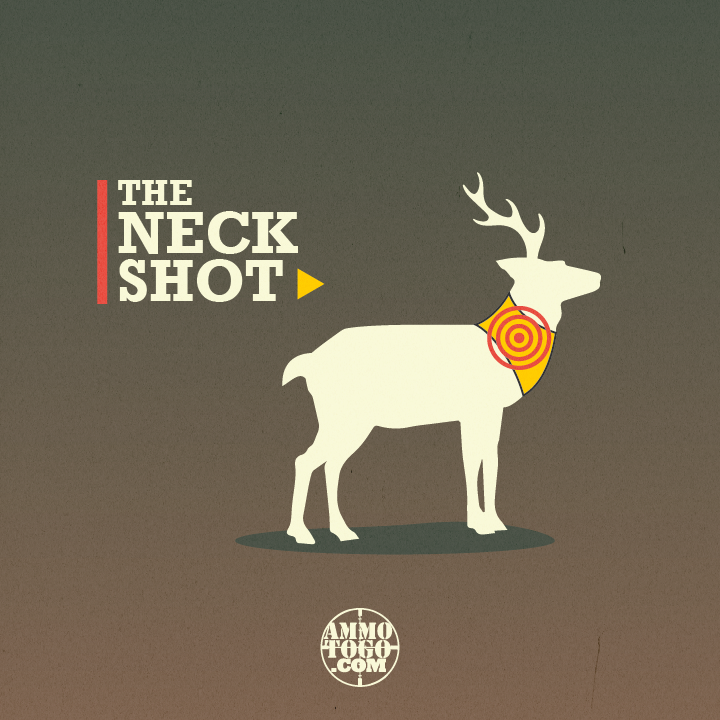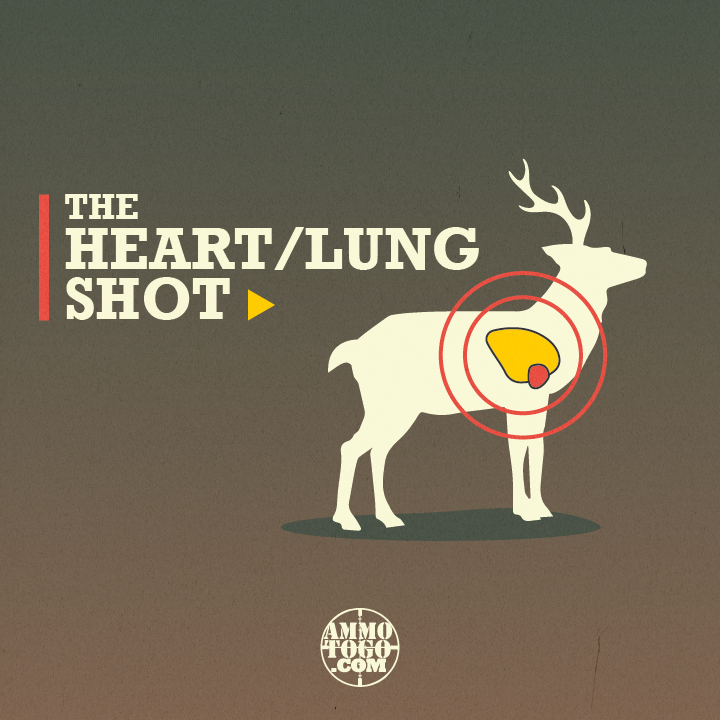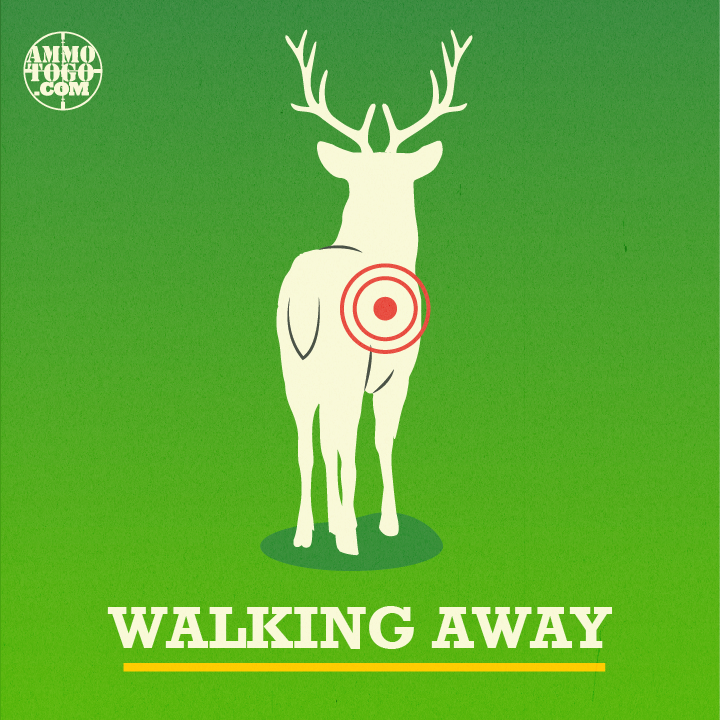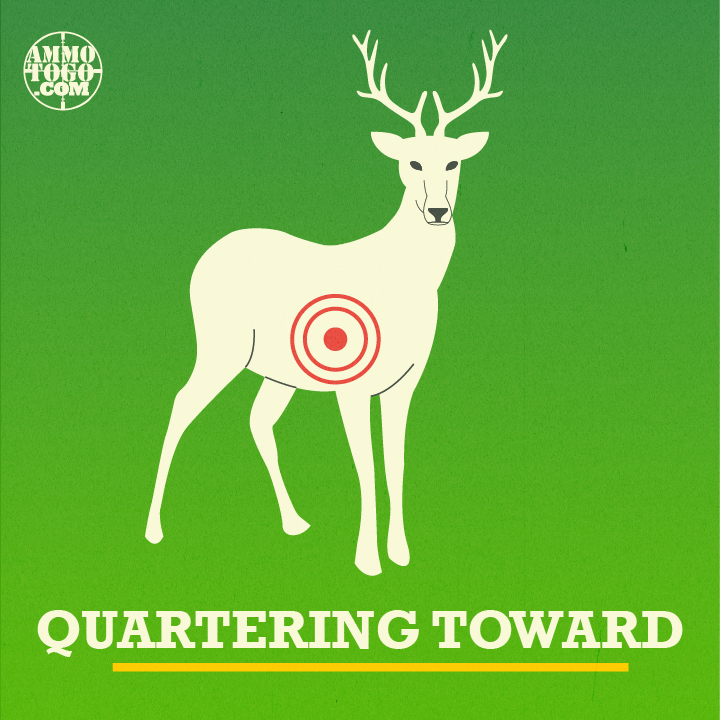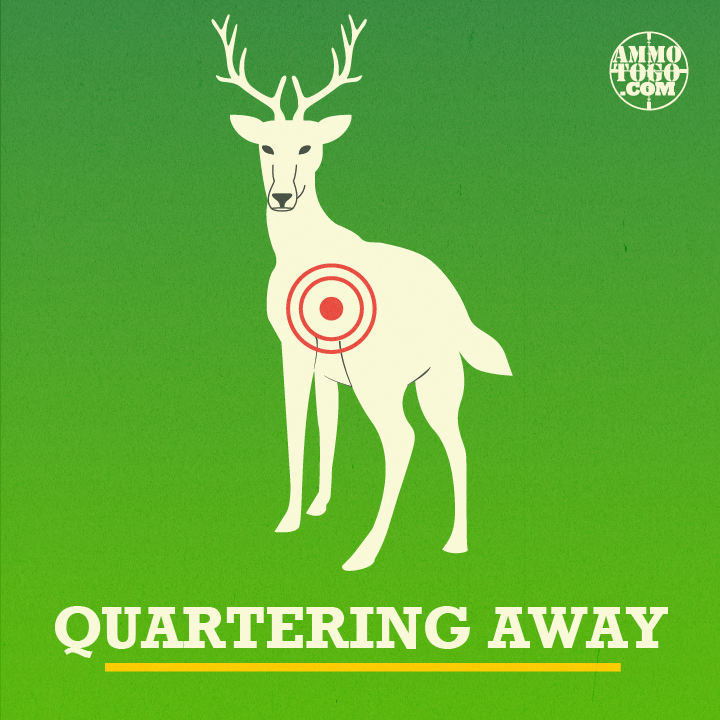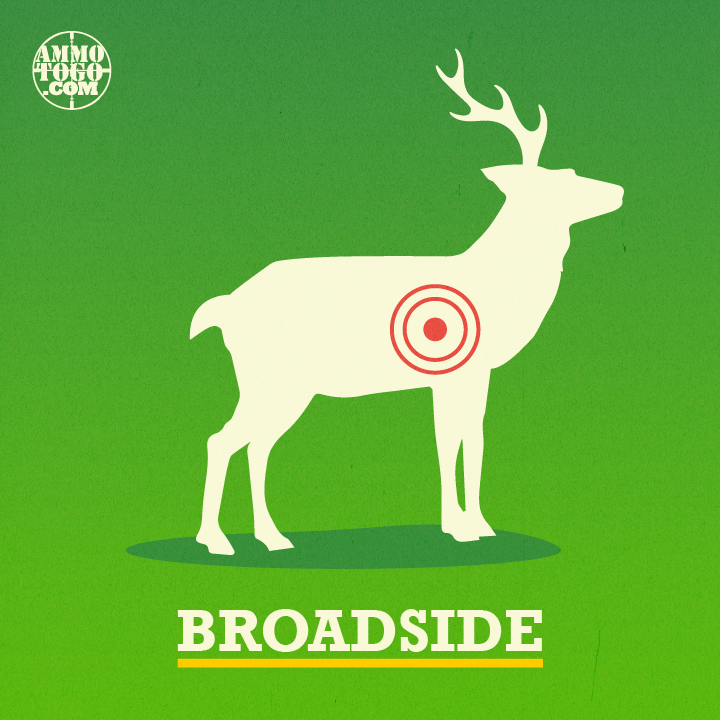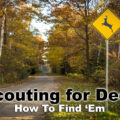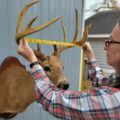Placing your shot properly is a huge step toward bagging a trophy buck or ethically taking home a doe. This guide demonstrates some great examples of where to shoot deer to make sure you’re doing more than wasting ammo this season.
When I was a kid, my dad had a full-size foam deer set up in the backyard. I watched him prepare for early archery season with that deer target, probably sending hundreds of arrows downrange before the opening day of bow season. Later, I would join him in this endeavor, sending first field tips and then broadheads toward the worn-out insert that represented the “kill zone”. Between my dad’s stern coaching and the tattered, hole-riddled foam of that sun-faded target, I learned a lot about shot placement and where to shoot a deer for ethical kills.
Like all good hunters, I’ve learned to respect whitetails as beautiful, worthy (not to mention delicious) prey. That respect requires quick, clean, humane kills. Whether shooting broadheads or bullets, a one-shot kill is always the goal. Not only are one-shot kills best for the whitetails we’re shooting, they are also best for the hunter. A well-placed shot, and the swift death that follows, increases our chances of recovering game. And whether you’re after meat or trophy (or both), recovering game is necessary for a successful hunt.
Careless shooting causes needless suffering, can cost us precious meat, and fuels the fire of anti-hunting sentiments. To help you hit your mark in the most humane way possible, let’s break down the basics of an ethical shot. Hopefully, it will help you just like that backyard foam deer target helped me.
What to Shoot
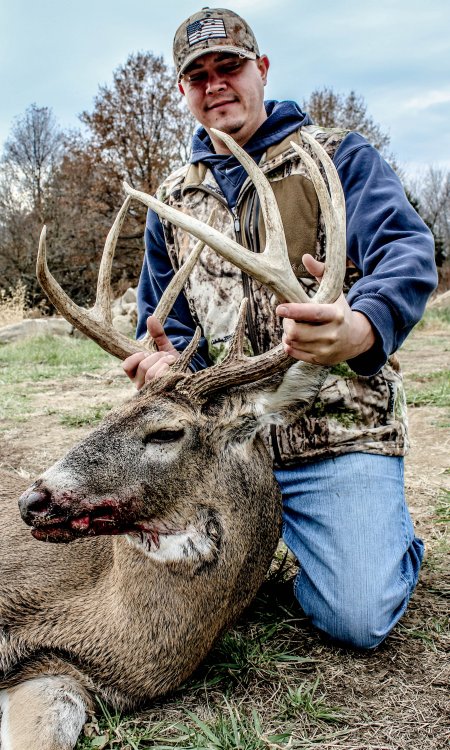
When it comes to hunting whitetails, there are plenty of weapons to choose from. Whether you prefer throwing broadheads with a compound or crossbow, or you’d rather shoot big bucks with a rifle, there are a few important things to consider.
An arrow or bolt uses a broadhead to kill by slicing through vital tissue. Broadheads cause death either by extreme bleeding or by punching holes in the lungs, making it impossible for the organs to inflate and do their job. To ensure your broadheads do the most damage possible, make sure they are surgically sharp. Most modern broadheads will need to be sharpened before opening day, even if they are coming straight out of the factory package.
To be effective, arrows also need to hit your target with enough terminal energy to be destructive. To bring down a mature buck, you need to make sure your arrows are hitting with at least 45 to 65 foot pounds of energy.
Bullets (and shotgun slugs) kill in a different way. These projectiles transfer a hydro-static shock through the deer’s body instead of slicing through tissue. Most hunting loads feature bullets that expand to push a wound channel through the deer’s muscle tissue and vital organs. To be effective, a bullet should strike your target with at least 1,000 foot pounds of energy.
Where to Shoot Whitetails
While my father and his backyard deer target taught me to aim for the “boiler room” (the area that includes a deer’s heart and lungs), there are other ways to drop a whitetail with one clean shot (although most deer hunters agree a broadside shot to the “boiler room” is the best shot there is).
The High Shoulder Shot
The high shoulder shot can be spectacularly effective. The intention is to put your bullet squarely through one shoulder blade, have it pass through the chest cavity, and then hit the inside of the opposite shoulder blade.
When done correctly, the results are catastrophic, breaking the spine, paralyzing the central nervous system, and dropping a deer dead in his tracks.
To make this shot effective, you’ll need a rifle with some power and a bullet heavy enough to blow through bone before dumping energy on expansion. This isn’t a shot for bowhunters or hunters shooting rifles that punch light and fire low grain weight bullets. Save this one for your .30-06 Springfield or .300 Weatherby Magnum.
This shot isn’t for the faint of heart. It is easy to miss high when aiming for this vital area. The probability of a miss is high, and it also damages a lot of prime meat, grinding through the shoulder and tender backstrap.
The Head Shot
It’s a no-brainer that a head shot, when executed properly, can instantly drop a whitetail. A direct hit to the brain disrupts every bodily function. With an instant loss of consciousness, a deer feels no pain. Another huge perk to a good brain shot is no meat is damaged in the process. However, don’t expect to cape this one out for a pretty shoulder mount to hang in the den.
While highly effective, a shot to the brain is risky.
A deer’s brain is a small target, just a fraction of an inch off, and that deer runs off, probably dying somewhere alone days later. A deer’s brain is also protected by thick bone. This makes a perfect hit difficult even for a rifle, so it isn’t a shot you want to chance with a bow.
Too often, the bullet trajectory is deflected upon skull contact. Even a “good” shot could simply glance off the skull. The worst possible scenario is a glancing jaw shot. While not immediately fatal, this painful shot causes a long, drawn-out death filled with pain and misery.
Due to the high risk of missing the vital brain area and leaving a wounded animal, most conscientious hunters agree the risk of injury isn’t worth the possible reward.
The Neck Shot
If you can manage to hit a deer in the neck, severing the spinal cord, it will cause almost instant paralysis. Causing minimal meat damage, a neck shot sounds like a money shot. However, properly executing a neck shot is nearly impossible, even for experienced hunters.
The vital area in the neck is very narrow. Hit too low, and you injure the deer with little chance of recovery. Aim too high, and you risk missing the deer altogether. Also, a neck shot often paralyzes a whitetail without killing it, causing extended suffering. Neck shots regularly require a follow-up shot or a throat slit to finish things up.
This is definitely not a shot for bowhunters. Because arrows fly much slower than bullets, and deer have amazing reflexes, deer often “jump the string”. A deer that flinches or ducks upon arrow release almost instantly lowers the intended target which causes the arrow to zip right over top of that trophy buck.
The Heart/Lung Shot
This is the shot most ethical hunters aim for, and is the one I learned on that worn-out backyard deer target. Hit a whitetail in the heart and you’ve likely caused some lung damage as well. That makes the “boiler room” shot highly lethal. Producing massive internal damage, whether with bullet or broadhead, a deer shot in the heart/lungs usually goes down in a matter of seconds. And since an injury to this area usually results in a massive blood trail, the probability of recovery is great.
The chest cavity is the largest part of a whitetail. When compared to the spine, neck, or brain, the chest cavity is huge. This area also makes for a forgiving shot. Miss your spot by even a couple of inches, and it will still do enough damage to bring that deer down.
It is still possible to miss this target area if you’re hunting with lightweight bullets. A lightweight projectile can glance off a rib or the shoulder blade, deflecting the shot to a less fatal area. In this case, a deer may run for some distance before going down, so be prepared to follow a blood trail to recover your game.
Shot Placement and Playing the Angles
Knowing the location of a whitetail’s vital areas is only part of the formula. Rarely does an animal present a textbook broadside target. The angle at which a shot moves through the animal can cause a shot to miss important organs, even if you hit the “X” perfectly. A deer presenting at an odd angle, may require some shot modifications to ensure a quick, clean kill.
Walking Away
Usually a sad sign of a missed opportunity, it can be tempting to take a shot at that iconic white tail as it waves goodbye. Don’t succumb. A projectile aimed at a buck’s backside has a lot of deer to travel through to reach vital organs. Besides a gut-shot deer is messy to clean, and you risk ruining good meat or injuring an animal you can’t recover.
Straight On
There is little more exciting than a whitetail materializing in the woods and walking straight toward you. While your adrenaline and your senses may be urging you to make a quick shot before you are seen or smelled, it is usually best to wait for a better angle. This is especially true if you’re shooting broadheads or lightweight bullets. A straight-on shot increases your chances of hitting bone, deflecting your shot off course.
If you do decide to take the shot straight on, be aware that the size of the vital zone is much smaller than it is with a broadside shot. Aim about one-third of the way up the deer’s chest, center your sights, and pull a steady shot.
Quartering Toward
Not the most perfect position for a clean shot, this one is doable at close range with a good rifle. A deer’s skeletal structure, including rib, leg, and shoulder bone placement, make this a tricky shot. These are all hard obstacles that work to keep your projectile from having a clear, unhindered track to vital organs.
Place your crosshairs where the leg meets the body, just forward of where you would aim for a broadside presentation. If you’re hunting with a bow, avoid this one and wait for a better angle, as the chance of simply wounding an animal quartering toward you is high.
Quartering Away
Second only to the broadside shot, the quartering away shot offers plenty of opportunity to slice through vital organs. Your projectile may need to pass through some extra space before it reaches the heart and lungs, but it should still reach them for a quick, clean kill.
For a quartering away shot, aim your sights slightly behind the ten ring (The broadside area that includes the heart and lungs. This term for “vitals” has its origins in competition archery). Even though this may seem counter intuitive, your broadhead or bullet will travel straight through the vitals. Aim too far forward at this angle, and your projectile may only clip the front of the lungs, or miss the vitals altogether.
As a quick trick, think about aiming for the animal’s far side front leg. This will help you find that sweet spot that will cause your projectile to travel right through the heart and lungs.
Broadside
This is the ideal angle for a shot, no matter your weapon. A deer standing broadside to the shooter gives the hunter a straight shot to the animal’s exposed vitals, giving the best chance at a clean kill and easy recovery.
When aiming at a broadside buck, visually divide the deer’s chest cavity into three equal, horizontal sections. You will want to use the top of the imaginary line that separates the bottom and middle thirds of the deer’s body.
Now draw a line from the spot where the deer’s front leg meets the body. Where these two imaginary lines intersect is the sweet spot or the “pocket”. A hit in or near the “pocket” with an effective projectile is almost guaranteed to result in a quick, clean kill.
Accuracy is Key
When it comes to hunting deer, accuracy is everything. Knowing where to hit a deer and the ability to send a projectile through that spot are two very different things. Be sure to practice with your weapon, repeatedly putting rounds or arrows through targets to gain confidence and proficiency.
The first shot is crucial, so make sure it is carefully placed. You might not get the opportunity to make a second one.
Hunting is often like a complicated, constantly changing math problem. When you are in the woods, there are many external factors that can ruin an otherwise perfectly good shot. Branches or other vegetation can deflect your projectile. Also, wind drift, animal movement, and bone and muscle definition can deflect bullet and broadhead trajectory.
Be ready to quickly adapt and assess your chances of success.
If you question any aspect of a shot, it is okay to wait for a better opportunity.
Spotting a trophy buck doesn’t happen every day, which is a good reason to wait, even if it costs you a shot. A buck that walks away uninjured lives to be hunted another day. An injured buck that wanders off to die alone benefits no one.
Have any unusual stories to share of your last hunt? We’d love to hear them in the comments below. Have a success story you’d love to share, upload it to our Brag Board!
